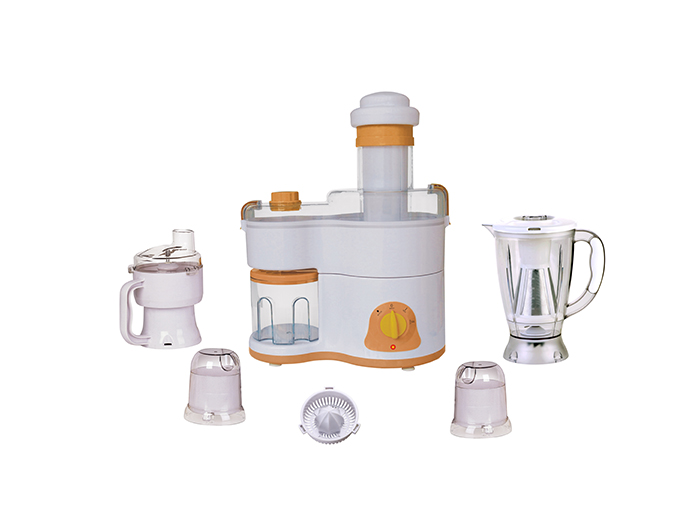Capacitive touch sensing technology has always been a design differentiation technology, designed to design extremely beautiful automotive infotainment systems. When the device is sufficient to integrate specific functions of the car, engineers begin to use capacitive sensing technology to develop newer applications beyond infotainment applications, in order to simplify and improve various user interfaces in the vehicle. With the combination of proximity sensing and automotive-specific functions (such as standard network protocols such as LIN and CAN), capacitive touch sensing technology has become the mainstream technology in automotive design.
Over the past century, cars have changed from a hodgepodge of various mechanical parts into efficient, very comfortable and safer machines. This revolution was mainly caused by the substantial increase in the number of electronic devices used in automobiles. But one thing is the same, that is, user satisfaction has always depended on whether the interaction between people and cars is convenient and effective. Whether it is the interaction between the driver and the control system, or the interaction between the passenger and the entertainment system, the fun of owning a car still stems from this interaction.
Systems that measure and track user interaction and provide feedback to the main control system are known as automotive human-machine interface (HMI) systems. From the user's perspective, these interactions may be conscious (such as when the passenger actively provides input to the system) or subconscious (such as when the system measures the driver's intention without the driver's awareness). In addition, with the increasing complexity of various systems in the car, this requires the system to have better responsiveness and awareness of people's interaction.
Capacitive sensing-triggering automotive HMI revolution
Engineers have always wanted to improve HMI systems to make them more intuitive, "cooler" in appearance, and more accurate. Capacitive sensing technology is at the core of this transformation. It has revolutionized the design and implementation of HMI applications.
In simple terms, a capacitive sensor consists of a pair of adjacent electrodes. When a person (or other conductor) approaches the electrode, the capacitance between the electrode and the conductor increases. By measuring this capacitance, the presence of the conductor can be sensed. The ability to sense the presence of objects is the basis for creating a variety of touch sensors. These sensors can be used as buttons, sliders, trackpads and other common interface components.
In addition, capacitive sensing technology can also be used for proximity sensing, where there is no contact between the sensor and the user's body. This can be achieved by enhancing the sensitivity of the sensor. In addition, since this sensor is not limited by the field of view, a single sensor can sense the approach direction of an object in three-dimensional space.
If this technology is used with a programmable mixed-signal controller, it can play a more powerful function. Programmable devices can intelligently measure capacitance, and thus detect multiple indicators of human proximity: distance, approach direction, gesture recognition, and so on. The programmable method can also integrate other functions such as motor control and LED drive to provide users with touch / proximity feedback (see below). Programmable devices also allow developers to reduce current consumption and improve noise immunity by defining optimal sensitivity thresholds and variable scanning speeds, which can greatly improve performance.
Capacitive sensing-mature technology
Over the past five years, capacitive touch sensing technology has been widely used in automotive infotainment systems, replacing mechanical buttons with touch sensing buttons. Many users are already familiar with capacitive touch control functions in navigation systems, such as "fixed" buttons whose functions change with the menu activation status, sliders for zooming images, and controllers that appear on the main display when needed. These systems control functions such as navigation, audio, HVAC, and overall vehicle management on the vehicle.
Capacitive touch sensing technology can also be combined with mechanical buttons to achieve a more powerful hybrid button (see Figure 1), which can respond to proximity / touch (such as function preview) and actual button press (such as function enable) See below.

Figure 1: Implementation scheme of hybrid touch technology
These applications can be further enhanced by the use of capacitive proximity sensors. For example, you can turn on the panel of the backlight control (see Figure 2) according to the user's proximity.

Figure 2: Proximity car audio backlight control
Food Processor 7 In 1 including juicer, blender, fliter, chopper, grinder and citrus.
Description for Food Processor 7 In 1
8820 copper & aluminum Motor
220V, 50HZ, 450-600W, 18000r
VDE 2 PIN plug 3 speeds
ABS Juicer house 1.8L AS jar
Stainless steel processing blades
Carton Box: 72.5*66*44.5cm 4pcs/ctn
20'GP: 540pcs 40'HQ: 1376pcs

Food Processor 7 In 1
Food Processor 7 In 1,Manual Baby Food Processor 7 in 1,Multifunctional 7 in 1 food processor,Blender 7 in 1 Food Processor
Flying Electronic Co., Ltd , https://www.flyingelectronic.com